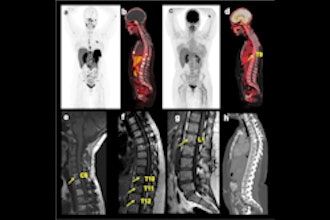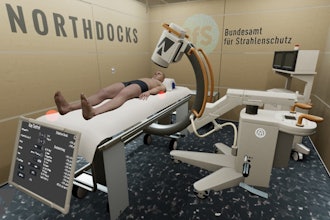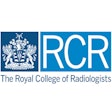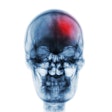Top Story
Latest News
Esaote reports growth in fiscal year 2023
April 25, 2024
EUCAIM calls for new applicants and prepares for webinar
April 25, 2024
First patient dosed with ITM-31 in glioblastoma trial
April 23, 2024
Cases of the Week
Check out our Cases of the Week!
More from AuntMinnieEurope
ESR releases movie to mark key moments of ECR 2024
April 23, 2024
Blackford, Annalise.ai enter partnership
April 23, 2024
Anger builds over 10% fee hike for RCR members
April 23, 2024
Accuray opens training facility in Switzerland
April 19, 2024
Raigmore Hospital in Scotland selects RayCare
April 17, 2024
Radiology pays tribute to Dutch pioneer Jacob Valk
April 18, 2024





















